***This article originally appeared in the December ’21 issue of Animation Magazine (No. 315)***
Considered to be his most ambitious and opulent film to date, Belle (Ryū to Sobakasu no Hime — “The Dragon and the Freckled Princess”) confirms Japanese helmer Mamoru Hosoda’s place among the most talented directors working in animation today. The futuristic fairy tale follows acclaimed animated features including the Oscar-nominated Mirai (2018), The Boy and the Beast (2015), Wolf Children (2012) and The Girl Who Leapt through Time (2006).
Building on his previous films, Hosoda once again demonstrates his exceptional talent for effectively combining drawn and CG animation, and for blending fantasy worlds and everyday reality into a seamless narrative. “Belle is the movie I have always wanted to create,” Hosoda said in a recent interview. “I was only able to make this film a reality because of my past work.”
As the title suggests, Belle is a re-interpretation of the 18th century French fairy tale Beauty and the Beast. “I researched many different interpretations of Beauty and the Beast, but the Disney and Cocteau versions are the pillars for me,” Hosoda explained. “This story has been interpreted and reinterpreted so many times throughout the years: That tells me there’s some very human truth that Beauty and the Beast presents. But it needs to be transformed and updated to fit the needs of modern society.”
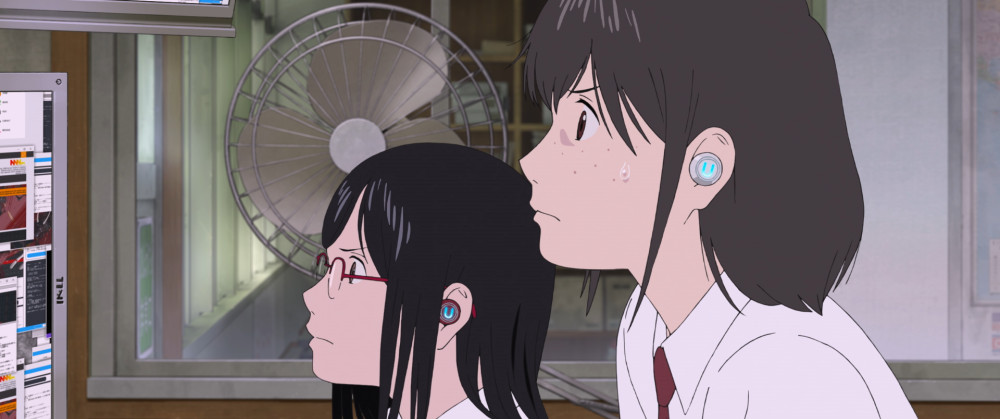
Building a Modern Heroine
Hosoda believes the Disney artists’ decision to make Belle a contemporary young woman represented a major shift that broke the template for heroines. “It felt very new: not doing what is expected in an animated movie wowed me. When you think of female leads in animated films, you always go to the fairy tale tropes,” he continues. “Similarly, in Belle we’re trying to take previous expressions and overcome them. We’re not building a character, we’re building a person — someone who reflects the reality of the society in which we live. That’s what gives new projects meaning for me.”
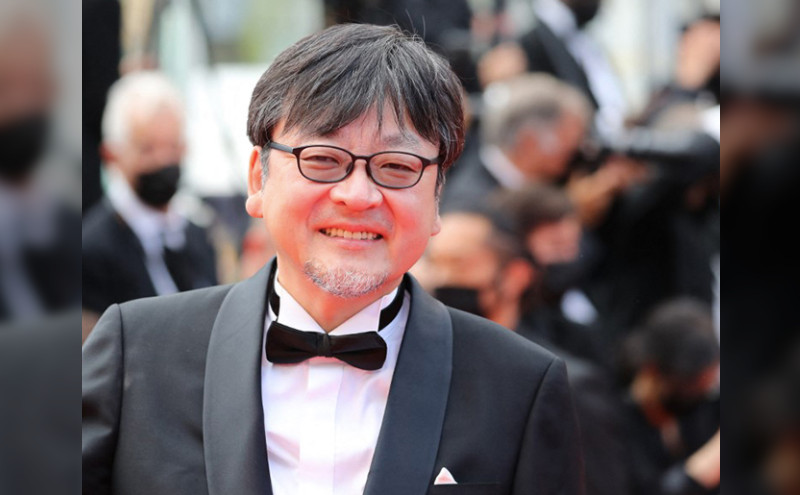
But the heroine of Hosoda’s story is neither beautiful nor sought-after. Suzu Naito is a withdrawn, lonely high school student living in a small, fading town in rural Shikoku. Years ago, her mother drowned rescuing a girl, “a kid whose name she didn’t even know,” from the nearby river. Traumatized by her mother’s death, Suzu cannot express her musical talent in front of her friends (or anyone else).
Suzu’s secret alter ego/avatar Belle is the reigning diva of the fictitious cyberworld of U. Belle’s singing delights millions of fans, while her elaborate production numbers dazzle them — and the film’s audience. Her long pink hair streaming behind her, Belle first appears in a dress made of living flowers, perched on the rostrum of a humpback whale fitted with banks of speakers — an entrance not even Lady Gaga can match.
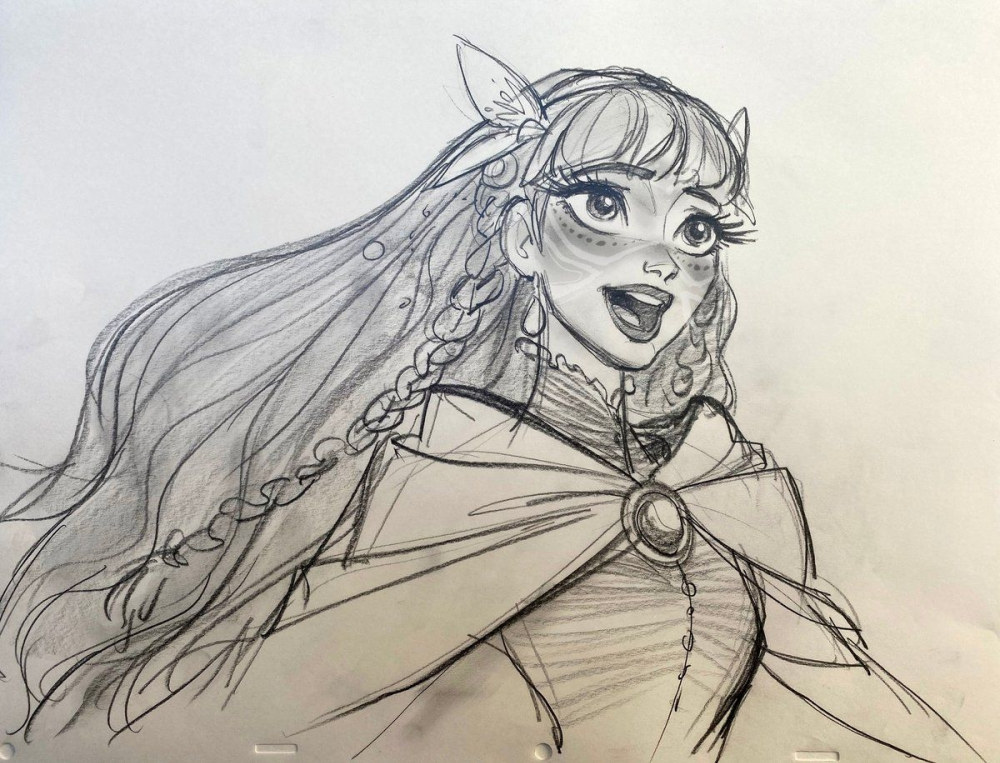
To realize his vision, Hosoda and producer Yuichiro Saito assembled an international team of artists. Tomm Moore and the artists at Cartoon Saloon in Ireland designed the fantasies The Dragon’s servants used to confuse Belle when she arrives at his castle. London-based architect Eric Wong created the look of U, while South Korean artist Jin Kim, who worked on Frozen, Moana and Over the Moon, designed the CG avatar of Belle. Kim sums up the feelings of the film’s artists when he says, “I’m a huge fan of Hosoda’s movies; he understands teenage emotions and portrays them so perfectly. When I read the script, I was struck by how fresh and different his approach was.”
Like Hosoda’s Digimon Adventure: Our War Game! (2000) and Summer Wars (2009), much of the action in Belle takes place in a cyber world. But the electronic realms in these earlier films felt safe and welcoming. In Summer Wars, OZ is a fantasyland of bright colors and rounded forms that seems cozy, inviting and naive. In contrast, the intricately complex U is rectilinear, vast and impersonal, like the view from the top of a skyscraper in an unfamiliar city. An oversized crescent moon dominates the perpetually twilit megapolis.
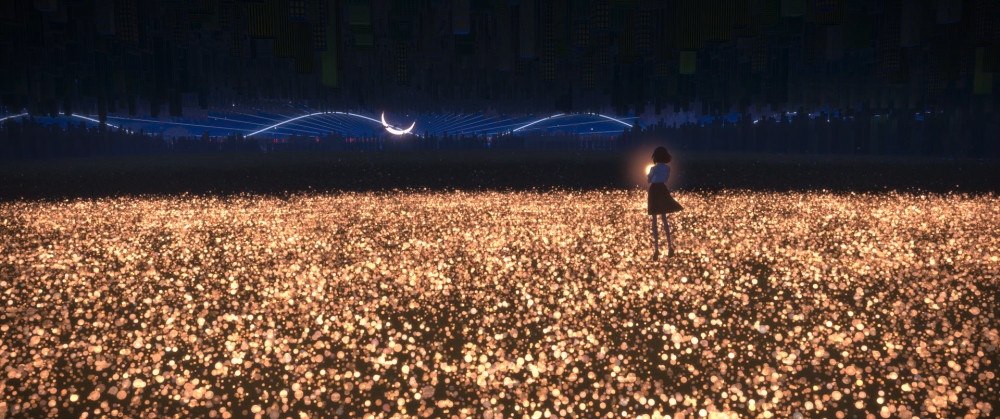
As Wong recalls, “Hosoda said he really wanted the city to have an evening feel. As I slowly developed U, it became this linear city that continued to infinity. You’d zoom out and get this perfect horizon line where the equator would sit as you peer through this infinite city.”
CG animator/director Ryo Horibe adds, “Belle expresses how you can feel very lonely within these massive metropolitan visuals. A few times, Hosoda said, ‘I want it to feel like the whole screen is being engulfed by these buildings.’”
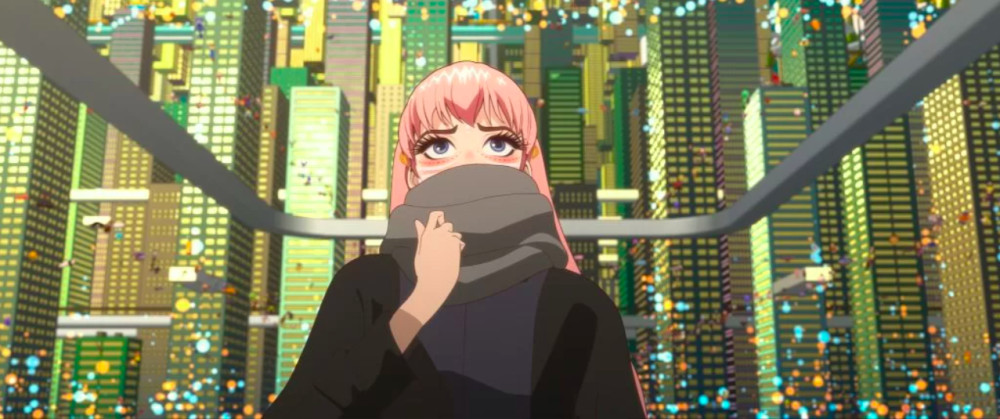
Hosoda created this colder realm to reflect the way people have weaponized the internet, turning it into a battleground for culture wars, disinformation campaigns and anonymous attacks. “When Summer Wars was released, there were a lot of comparisons to Digimon: ‘We’re entering this cyber world — aww, it’s the same film,’” Hosoda comments. “They’re completely different environments and different movies. When the internet really began exploding in the 2000s, it seemed like a place of hope, where the younger generation would drive the path forward.”
“Over the last 20 years, we’ve gotten more tools and social media,” the director continues. “A lot of people use the internet to harm others under a veil of anonymity. But I believe there will be new ways of using the internet for better causes. I want to push that message: in spite of everything, kids will pave a path into this new world. That idea led to Belle. People use the internet in different ways in the film, but the underlying theme is hope.”
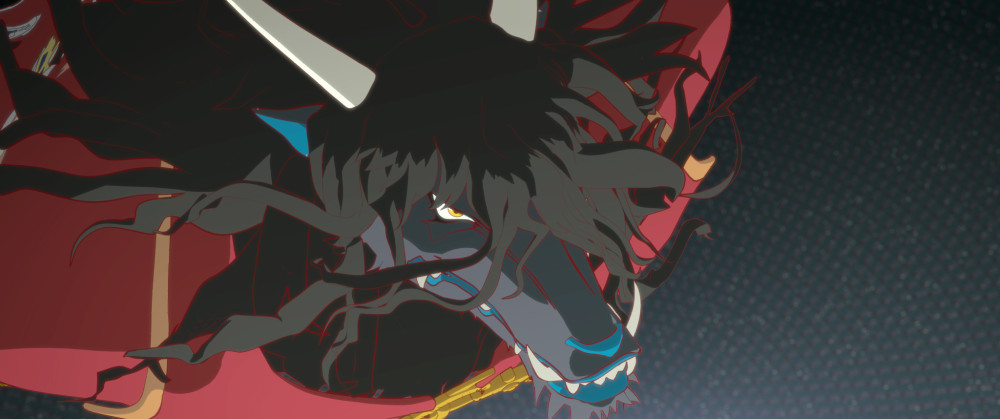
When Belle performs in U, she encounters the fearsome creature known as The Dragon. Beneath his frightening appearance, she senses an underlying sorrow. But The Dragon is not the handsome prince struggling to escape an evil spell from the traditional story. The glowering monster is the avatar of Kei, an abused boy who struggles to protect his younger brother from their brutal father.
“If you don’t include these themes in your movies, it’s the equivalent of averting your eyes from a problem,” Hosoda says seriously. “I have two kids, and it baffles me how there can possibly be any violence in their environment. Back in the day, it was normal to smack your kids if they misbehaved. Now we agree that’s a bad thing, but that doesn’t mean the problem has disappeared. I feel creators have almost an obligation, whether in music, novels, whatever to push these messages forward. Maybe the theme is a little shocking, but is it shocking to depict reality in an animated film? We can’t ignore what’s going on.”
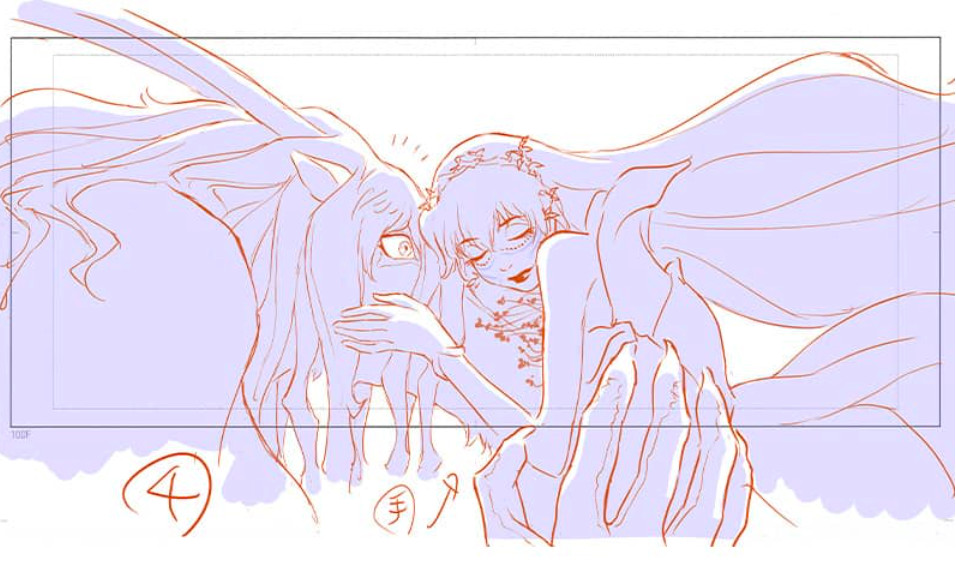
Voice of an Angel
The Disney artists who worked on the studio’s 1991 Oscar-nominated version of the tale believed that the lesson of Beauty and the Beast was “don’t judge a book by its cover.” Belle had to learn to look beyond Beast’s hideous form to see the gentle heart it concealed. But as she and her friends fight to rescue Kei, Suzu learns that maxim applies not only to the baleful Dragon, but to herself as well. Without Belle’s glamorous trappings, Suzu sings with a purity that helps to heal both Kei’s injuries and her own sorrowing heart. Her glittering avatar was as much a mask as Kei’s monster. As Suzu, she touches her listeners more deeply.
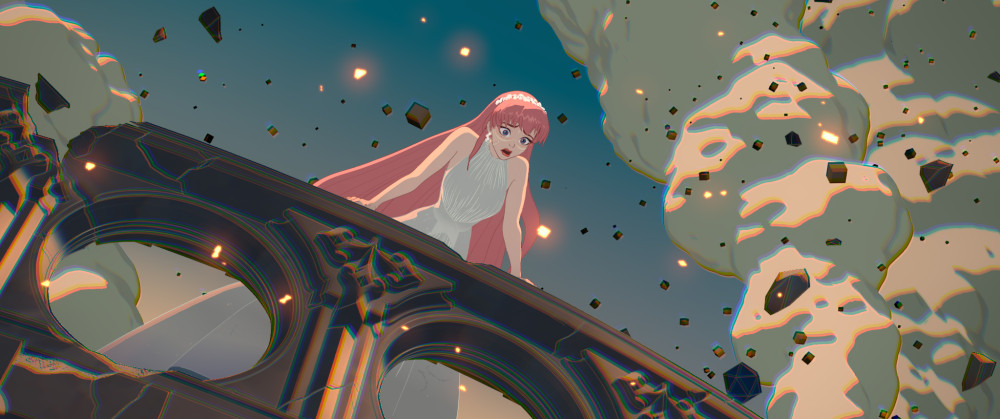
Despite pandemic-related restrictions on audience sizes in Japan, Belle — which was produced by Hosoda and Saito’s Studio Chizu in collaboration with Ireland’s Cartoon Saloon — quickly became Hosoda’s most successful film to date. In the first six days of its run, it was seen by more than 923,000 people in 416 theaters, earning ¥1,312,562,000 (about $12 million). At the film’s premiere at the Cannes Film Festival, it received a 14-minute standing ovation.
“I was not expecting to receive such warm applause from the first international audience to watch the film. Their reaction was a huge relief,” Hosoda concludes. “I realize Belle is a rather unique film in Cannes’ line-up of movies, but the fact that I was able to share this picture in a theater full of film lovers is very encouraging and empowering. I could not be happier with this film.”
GKIDS will release Belle in the U.S. theatrically on January 14.
Charles Solomon’s upcoming book The Man Who Leapt through Film: The Art of Mamoru Hosoda will be published next year by Abrams.






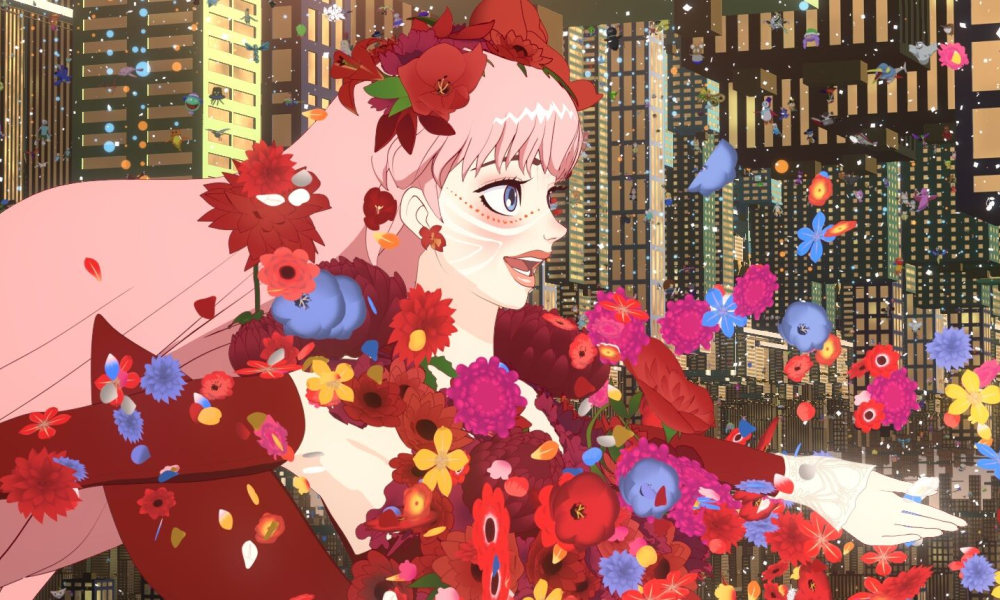

 Win a Funko X Lilo & Stitch Prize Pack!
Win a Funko X Lilo & Stitch Prize Pack! 

